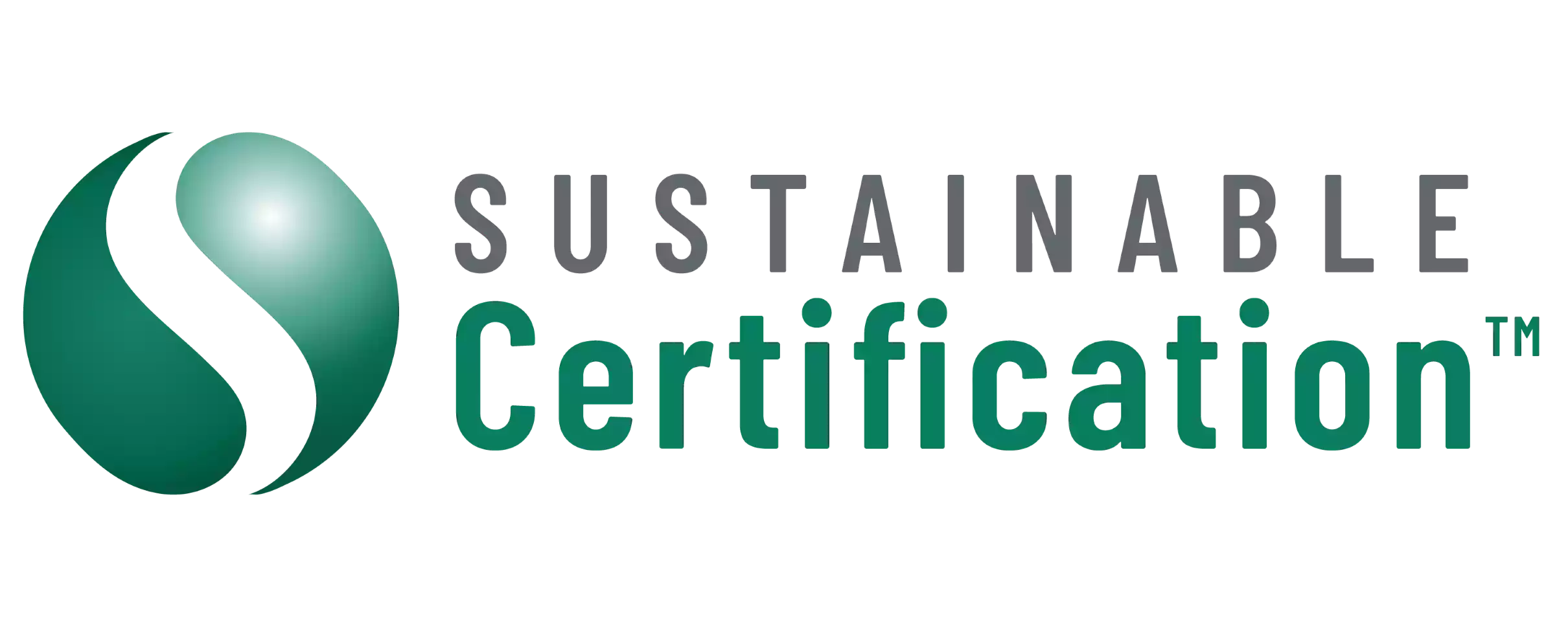Anatomy of an Audit – what goes into a Sustainable Certification audit?
There are several ISO standards and regardless of which management system a business adopts, an ‘audit’ is a mandatory and a highly critical element of the entire process.
The role of the audit
An AUDIT provides evidence to the Certification Body that the business can indeed be accredited.
We provide below an overview of what is involved when we conduct audits:
- An optional pre-assessment is conducted where we review your existing management systems in relation to requirements of the relevant standards for certification.
- Stage 1 Audit: A review of your management system(s) documentation is undertaken as the first step in the certification process.
- Stage 2 Certification Audit: The Certification Audit is conducted on site to verify that you have implemented the management system across your organisation.

When you have passed the certification audit, we will issue you a certificate of registration, valid for 3 years. This is then followed up with a Certification Maintenance Audit in Year 2 and Year 3.
What our auditors do?
Our auditors have often been lauded by our clients for their skills and knowledge, but also for working hand-in-hand with the client to help them gain an understanding of whether they have a complete system in place to effectively implement against the ISO requirements.
Typically, our auditors conduct the Stage 1 Audit remotely. They develop an Audit Plan prior to the audit clearly indicating the time of commencement of audit, the location, the key areas that will be reviewed and the finish time. The auditor’s responsibility is to review the manuals, policies, documented procedures and provide overall summary in an audit report as to whether that will meet the ISO requirements.
Sustainable Certification always conducts the audit planning in collaboration with the certification client to discuss the time allocation, whether there are any particular issues that should be included in the audit and access to people, locations and documented information. It is our policy to obtain necessary information before planning of the audit commences.
The Stage 2 Certification Audit is usually the final step before obtaining your ISO certification. Our auditors will undertake a through examination of the processes and documentation, ensuring all of that meets the requirements of the standard. He or she will ensure that all the procedures and processes are correctly implemented. Depending on the findings, the auditor makes one of two recommendations:
- That the business be granted certification
- Or that the business requires corrective actions to amend the non-conformities that have arisen during the audit.
Evidence-based approach to audits
Our auditors adopt an evidence-based approach which is considered to be the most rational, reliable and reproducible approach to conducting audits.
Audit evidence needs to be verifiable. This evidence is based on samples of the information available since an audit is conducted during a finite period of time and with finite resources. Our auditors apply appropriate sampling methods, since this is closely related to the confidence that can be placed in the audit conclusions.
It is the organization’s responsibility to provide objective evidence of conformity. In some cases, clients may be able to demonstrate conformity without the need for extensive documented information.
How our clients pass audits and gain certification – 4 Tips!
1. Be well-prepared before the audit
You have to establish a schedule for tasks, internal audits and reviews—and stick to it. The worst thing you can do is wait till the last moment before the audit and then try to rush to complete everything.
2. Take the Stage 1 Audit seriously
Conducting a rigorous Stage 1 Audit will allow you to catch any serious non-conformity issues before the Stage 2 Certification Audit. The Stage 1 Audit can also prepare staff for the interview process.
3. Implement corrective actions proactively
You should take corrective actions to limit recurrent problems as soon as they are identified. A single occurrence of a non-conformity problem will not endanger your ISO certification, but recurrent problems require corrective actions. A major problem found by the auditor could delay your certification and leave you scrambling to establish a process to fix the issue as quickly as possible.
4. Set and monitor objectives as per your situation
The auditor will expect to see you have tracked your progress on meeting your objectives over time. Don’t hesitate to adjust objectives according to business demands. During the current issues of COVID-19, for example, it is perfectly normal to lower sales objectives to reflect the changing economic environment.
